Plant protein vs. animal protein
Plant-based protein sources, such as beans, lentils, tofu, nuts, and seeds, contain purines. However, these purines do not appear to increase uric acid levels in the same way as purines in meats and seafood.
Uric acid, a heterocyclic compound, is produced as a byproduct of purine metabolism. It can be generated from both endogenous and exogenous sources.
In most mammals, uric acid is converted to allantoin by the enzymatic activity of uricase. However, in humans, this enzyme is nonfunctional, so the end product of purine metabolism is uric acid, a relatively insoluble weak acid. High concentrations of uric acid in urine and synovial fluid can lead to deposition in joints and kidneys, leading to gout and nephrolithiasis. Meat, fish, alcohol, sugary drinks, sweetbreads, and organ meats are particularly rich exogenous sources of purine. 1
Plant proteins – amino acids
A review 2 on dietary protein and amino acids in vegetarian diets highlights that protein-rich foods, such as traditional legumes, nuts, and seeds, are sufficient to achieve a complete protein intake in adults following a vegetarian/vegan diet, while the issue of possible amino acid deficiency has been considerably overestimated.
Yet data in adult vegetarians (depending on the methods and criteria used) indicate that conventional vegetarian diets provide more than enough protein and amino acids. Inadequate protein intake in vegetarian diets can occur if the diet does not include protein-rich foods such as legumes (the most traditional source) and nuts and seeds, the availability of which increases with the proportion of people shifting their protein intake to more plant-based protein sources.
The review goes on to state that if diets vary at least slightly (as is the case in economically developed countries), there is no concern about adequate intake of any essential amino acid from a vegetarian diet, including lysine. There is no evidence of adverse physiological effects related to the slightly lower protein intake observed in adults following a vegetarian diet.
Furthermore, according to the conclusion of a Quebec doctor in an article on the impact on health of proteins of plant or animal origin, it appears advantageous for maintaining good health to reduce the consumption of animal proteins and replace them with proteins of plant origin. If we adopt a vegetarian diet, there is no risk of deficiency in proteins and essential amino acids, if we take care to vary our diet and include plants rich in protein such as whole grains, legumes and oilseeds. 3
For your information, here is the protein intake per 100g serving
• Quinoa: 14.8 g
• Spirulina: 65 g
• Hemp seeds: 28 g
• Pumpkin: 25 g
• Sunflower: 20 g
• Chia: 18 g
• Almonds: 30 g
• Avocado: 2 to 4 g
• Sprouted lentils: 20 g
• Kale: 4 g
• Sesame butter (tahini) 30 g = 5 g of protein
Grains vs. Seeds
Here's a health expert's take on grains: "With the advent of agriculture, they have taken over the majority of the diet all over the planet for various reasons. However, physiologically, we are still not equipped to deal with the amount of sugars they contain. And this is true for all sugars, whether they come from fruits, grains, or otherwise.
One of the problems with all grains, including oats, is that the ratio of valuable nutrition to carbohydrates is disproportionate. There are too many carbohydrates compared to the other major macronutrients (protein, fat).
Grains make flours (wheat, rice, quinoa, buckwheat), in terms of oil, there is almost none.
Oil seeds make oil (flax seeds, chia seeds, pumpkin seeds, sesame seeds, hemp seeds, etc.) in nutritional terms, seeds are more satisfying because there is a fat intake that comes with them.
How to avoid the pitfalls (what are they) to ensure you metabolize these proteins properly
Here is some information shared by a health specialist: "It's a matter of pH. Customers will digest meat less well when the acidity is not optimal. Digestion begins in the mouth, mechanically as soon as we start chewing something, we secrete enzymes into the saliva, which are called amylases and which will begin to digest the starch. Chewing breaks things down, it's necessary for the rest of the system to work. Then, it reaches the stomach and that's where it denatures the protein to be able to start attacking them to get what we want inside. There is a whole collection of enzymes that digest proteins and we need acid for that to work. After the stomach, it's the first part of the intestine (the duodenum) and there are other enzymes, alkaline salts to neutralize. Then the pancreas, the bile which comes from the liver to collect fats, etc. Digestion is a complex phenomenon.
In terms of ease of accessing nutrition, animal protein sources are easier on the body than plant protein, for several reasons, including mineral thieves like phytic acids and oxalates, which are present in legumes. However, the notorious phytic acids can be defused through fermentation and sprouting.
No matter what "clan" we are in, there are pitfalls in all diets. When we are dogmatic, we risk falling into traps and after 5, 10, 15, 20 years, becoming ill."
References:
1.Kaur P, Bhatt H. Hyperuricosuria.
2.Mariotti F, Gardner CD. Dietary Protein and Amino Acids in Vegetarian Diets-A Review. Nutrients. 2019 Nov 4;11(11):2661. doi:10.3390/nu11112661. PMID: 31690027; PMCID: PMC6893534.
3. https://observatoireprevention.org/2020/02/27/proteines-dorigine-vegetale-ou-animale-un-impact-sur-la-sante/

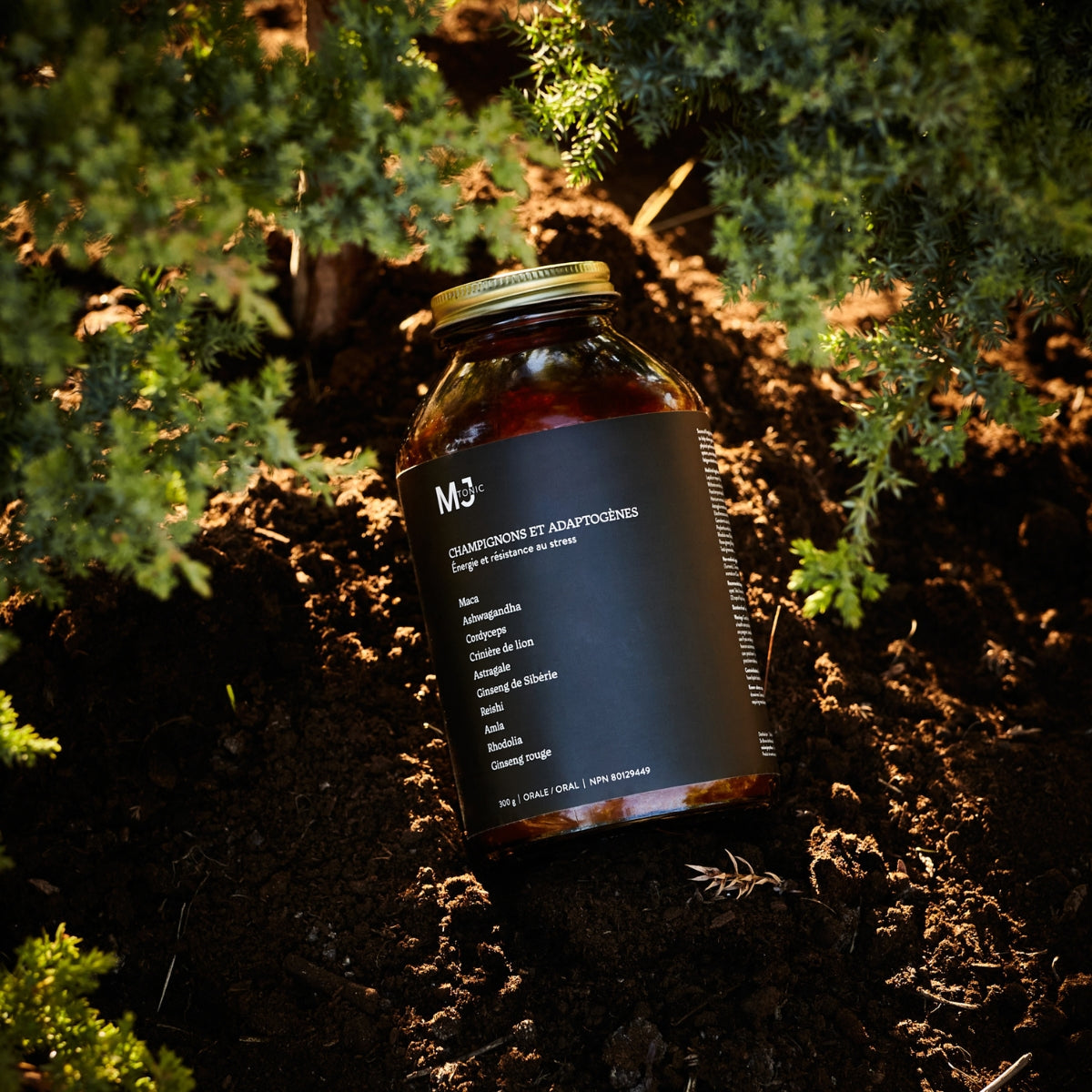

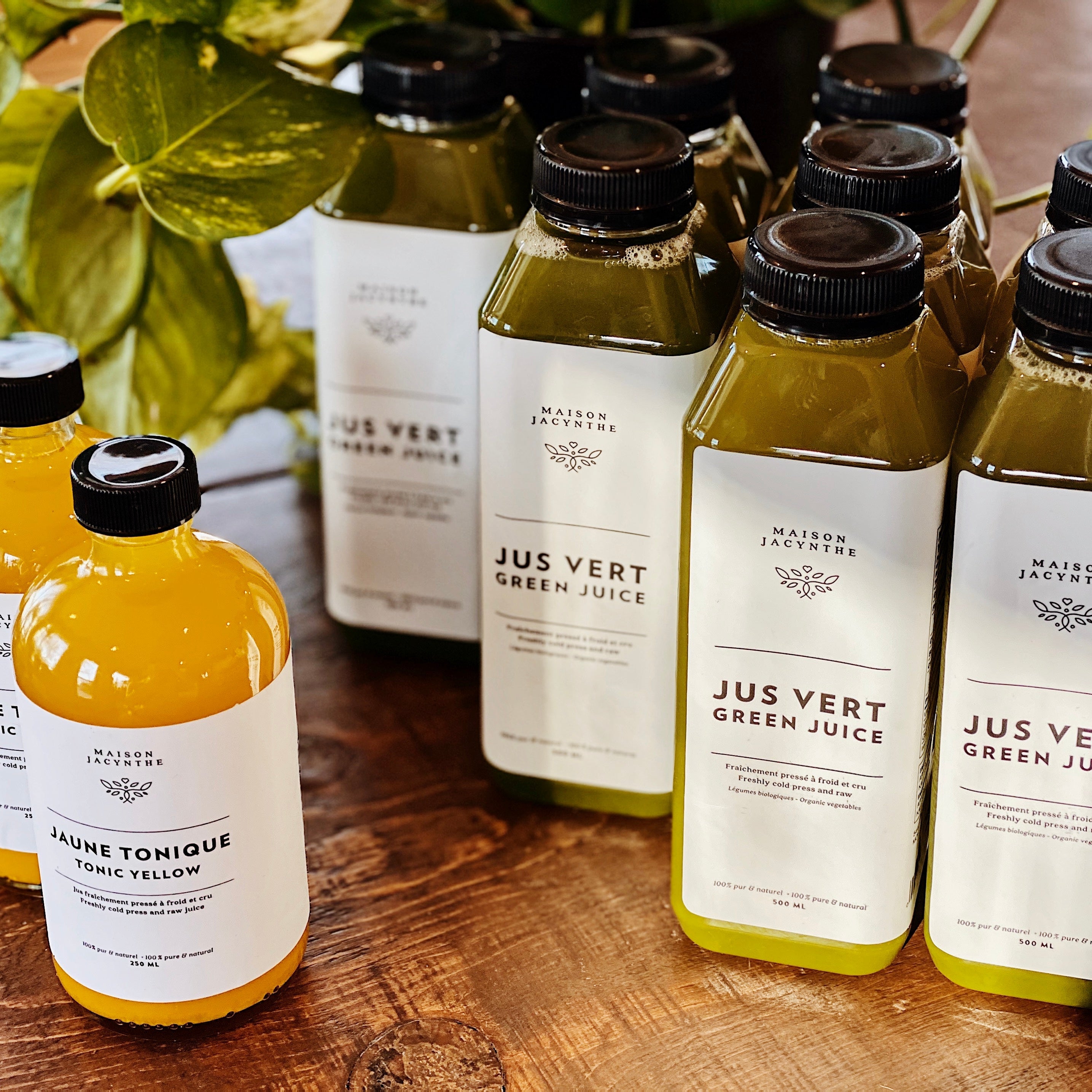






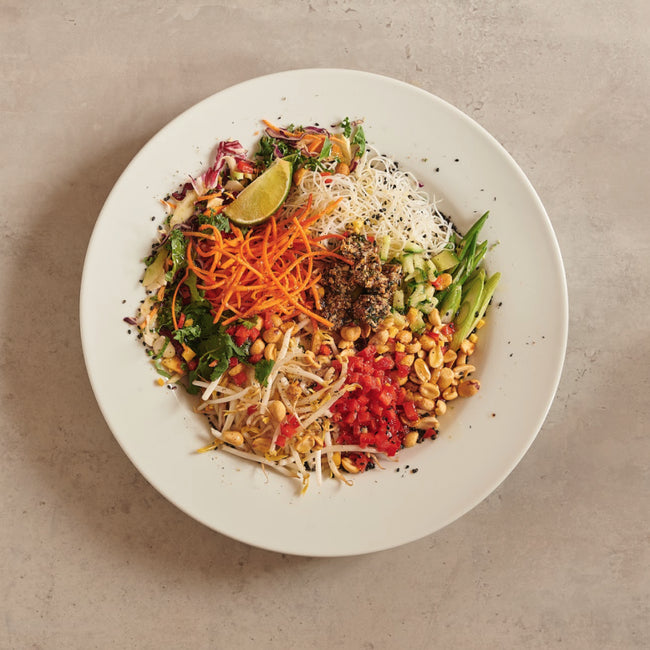
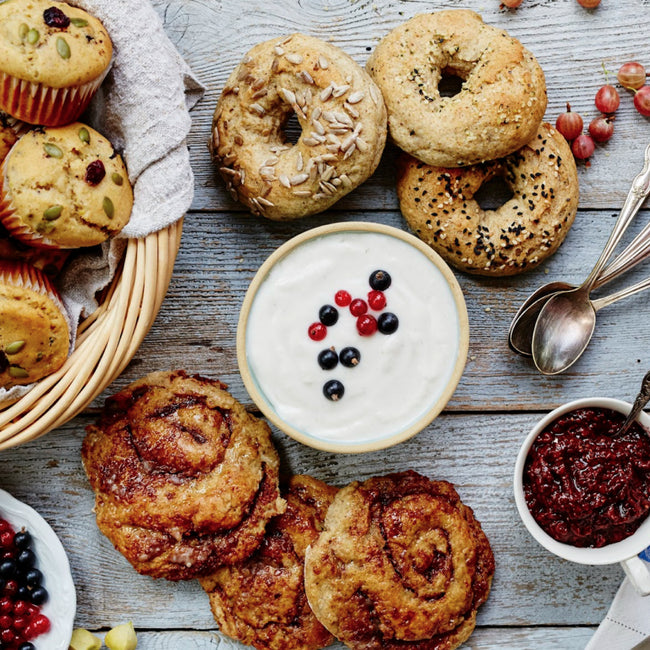






















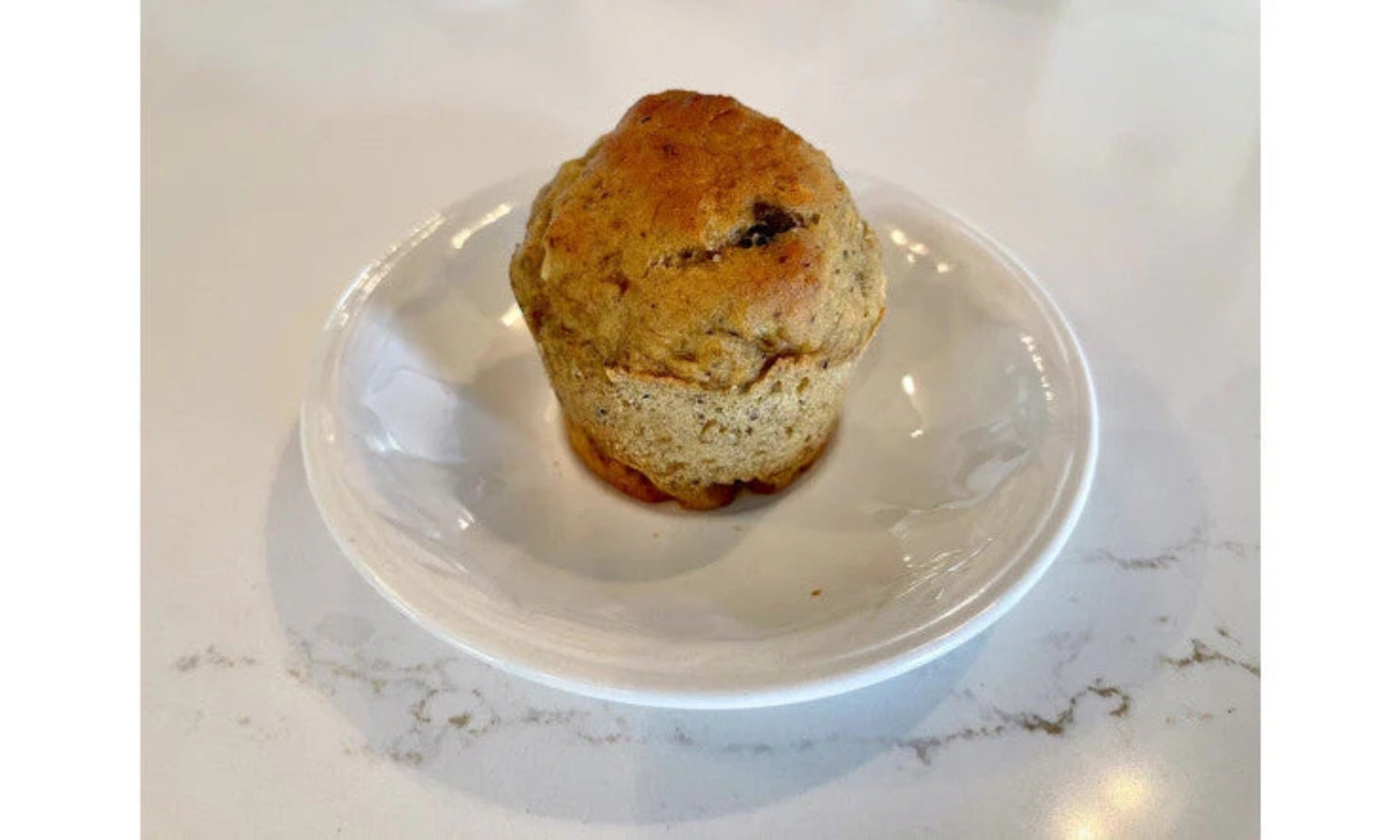
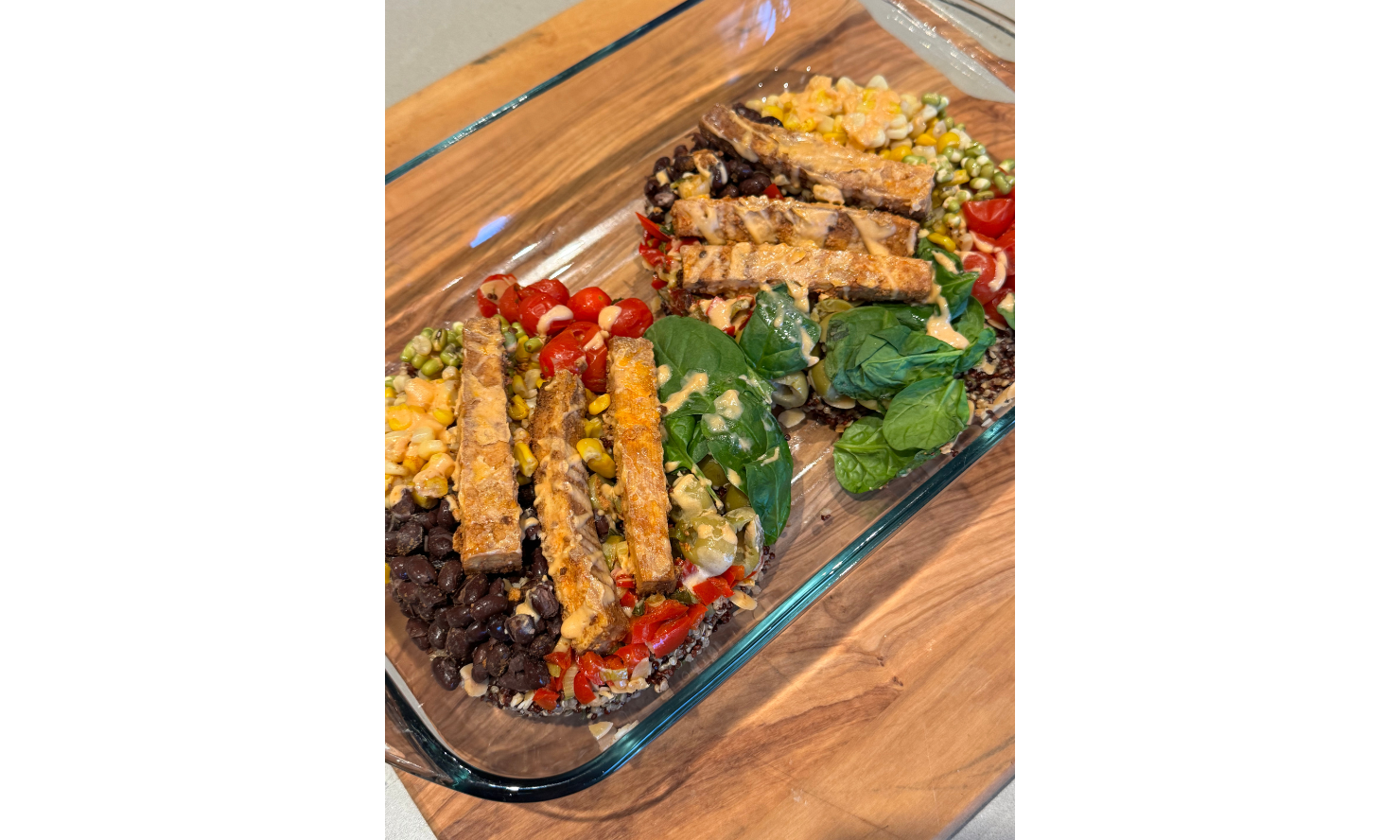





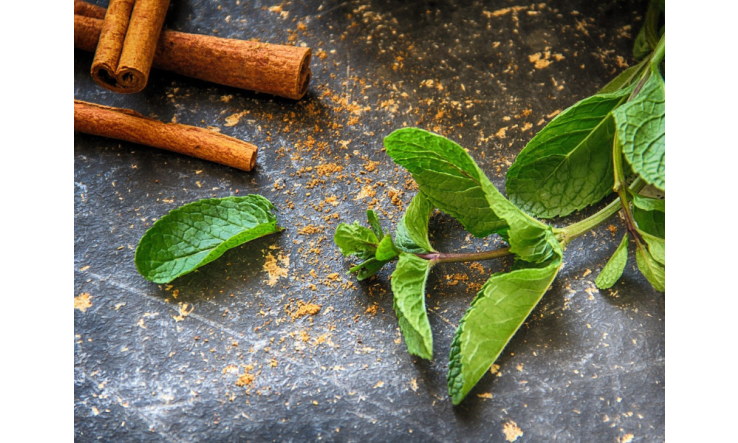
























Leave a comment